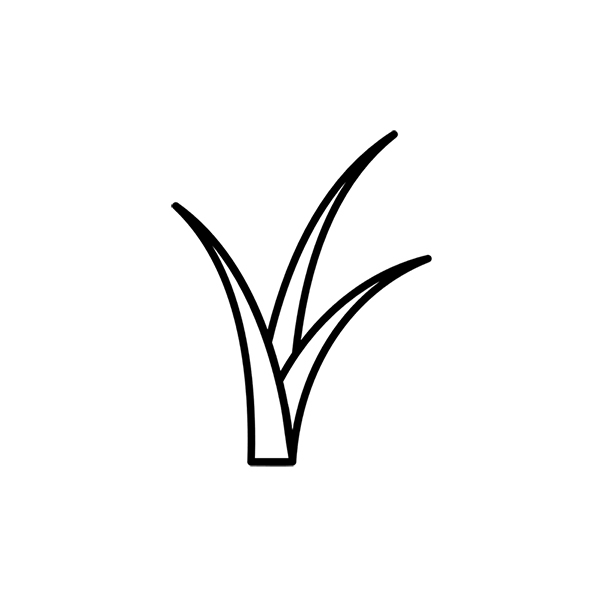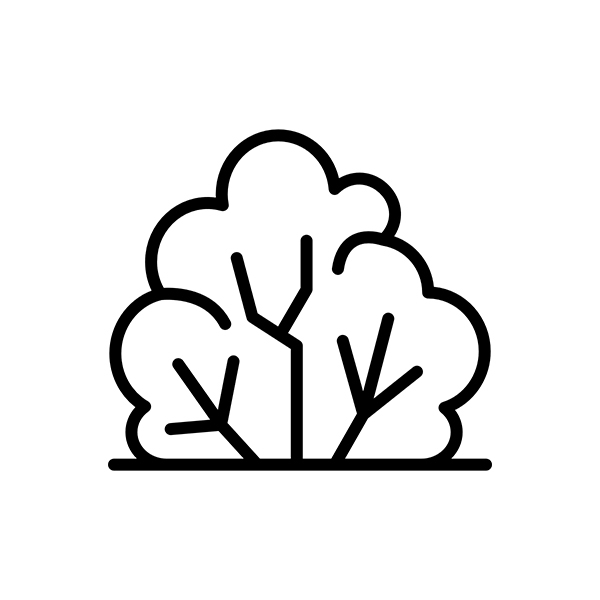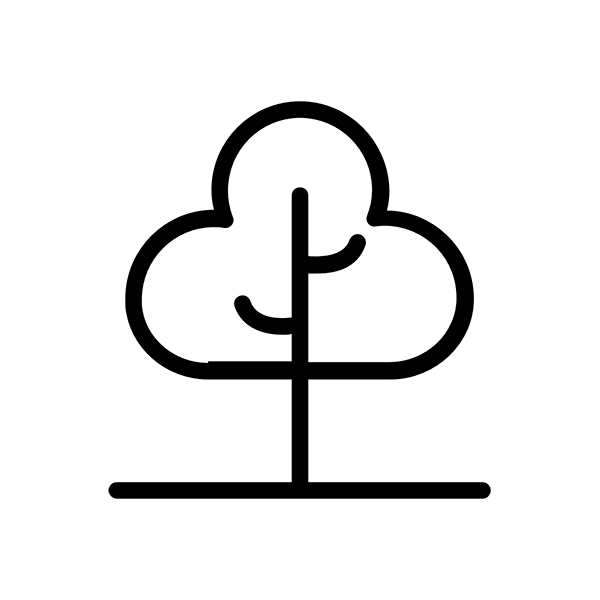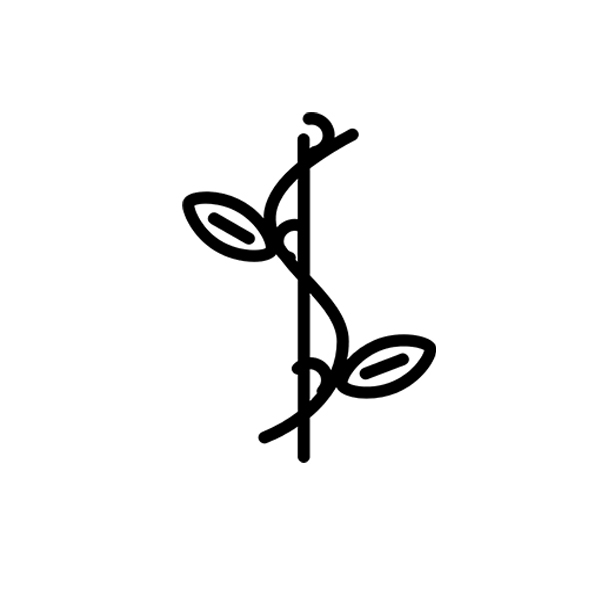Australian Tropical Rainforest Plants - Online edition
Click/tap on images to enlarge

Epiphyte Epiphytes grow on the stems or trunks of other plants and are generally not rooted in the ground. Epiphytes obtain nurients from the air, water or from organic debris on its support. They may be herbaceous or shrubby. Some plants may begin life as epiphytes but in time develop roots that extend to the ground; such plants will also be coded for another habit category (eg. as trees or shrubs). Although the lithophytic habit (plants growing on bare rock surfaces) is ecologically analagous to the epiphytic habit, in this key lithophytes are treated as other habit categories (eg. herbs or shrubs).

Grass or sedge Grasses (family Poaceae), sedges (family Cyperaceae) and rushes (family Juncaceae) have narrow, grass-like leaves usually arising from a crown or from wiry stems. Note that plants which may be mistaken for grasses and sedges because of their long linear leaves, especially in their juvenile or sterile state, have also been coded for this feature.

Herb (plants

Mistletoe Mistletoes are parasites on the stems or branches of a host plant. Mistletoes have a modified root system that forms one or more haustoria which function to attach the mistletoe to its host and for nutrient absorption. The haustorium of the mistletoe penetrates the bark of the host and grows to the cambial layer where it forms a connection with the host's xylem and is able to parasitise the host’s water supply and its dissolved nutrients. Because they may sometimes be mistaken for epiphytes mistletoes have also been coded as epiphytes (by mis-interpretation) in this system.

Palm, pandan or cycad Palms (family Arecaceae) are tree- or shrub-sized plants or vines. The may be single or multi-stemmed and have a range of leaf structures. Pandans (family Pandanaceae) are tree- or shrub-sized plants with long sword-like leaves which are usually edged with spines. Cycads (family Cycadaceae and Zamiaceae) are sometimes considered to be palm-like in habit so are included here.

Shrub (plants 1-6 m tall) A shrub is defined as a single or multi-stemmed, woody or herbaceous plant more than 1 m but less than 6 m tall, which flowers and fruits within that size range. Shrubs should be growing within the rain forest, or on the edge.

Tree (usually single stem, > 6 m tall) A tree is generally defined as a single-stemmed woody plant, more than 6 m tall, with a stem encased in living bark. Note that palms, pandans and bananas are included as trees (or shrubs) in this key although they do not have a living bark layer, and therefore cannot be coded for bark characters.

Vine A vine is defined as a single- or multi-stemmed plant usually more than 1 m long or high which relies on other objects (often other plants) to support it as its own stem lacks the rigidity to hold it in an upright position.
Copyright © CSIRO 2020, all rights reserved.

Web edition hosted at https://apps.lucidcentral.org/rainforest




